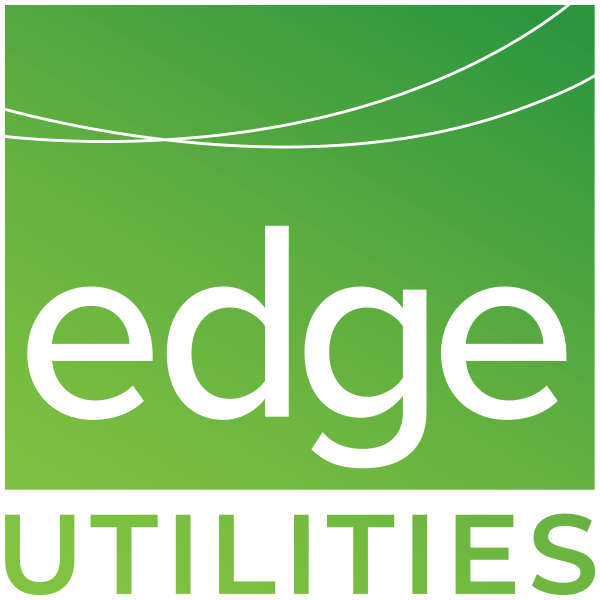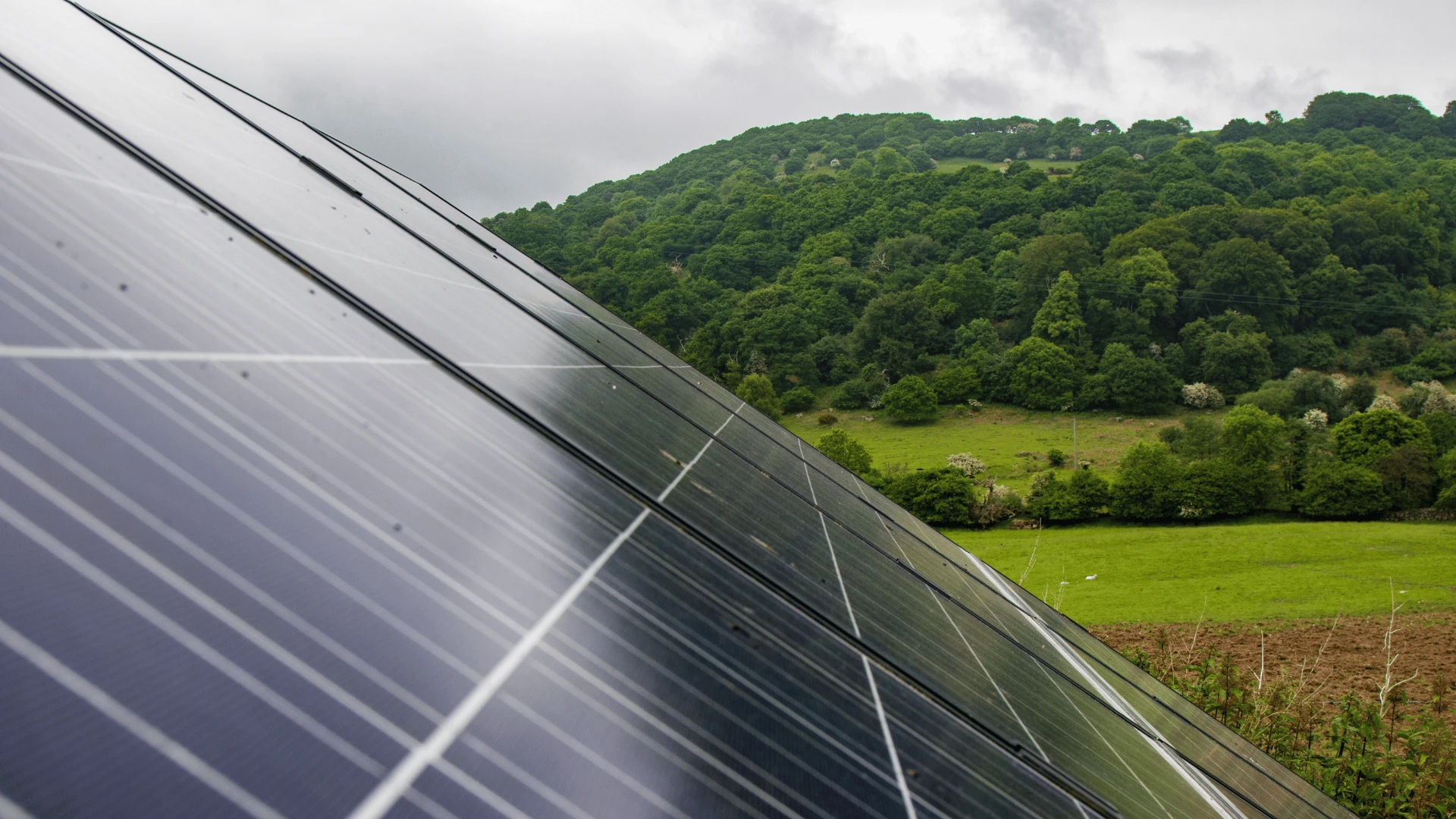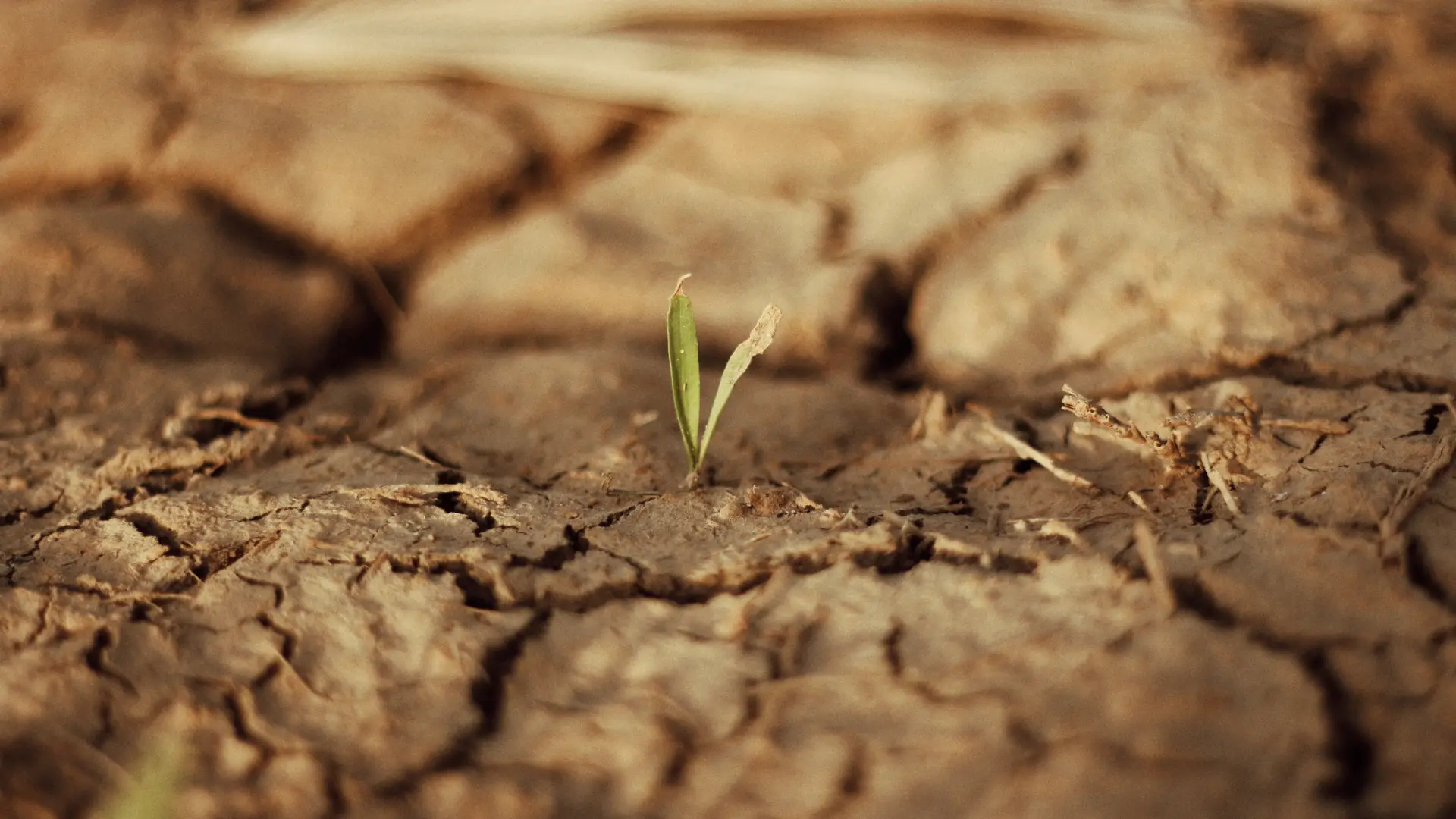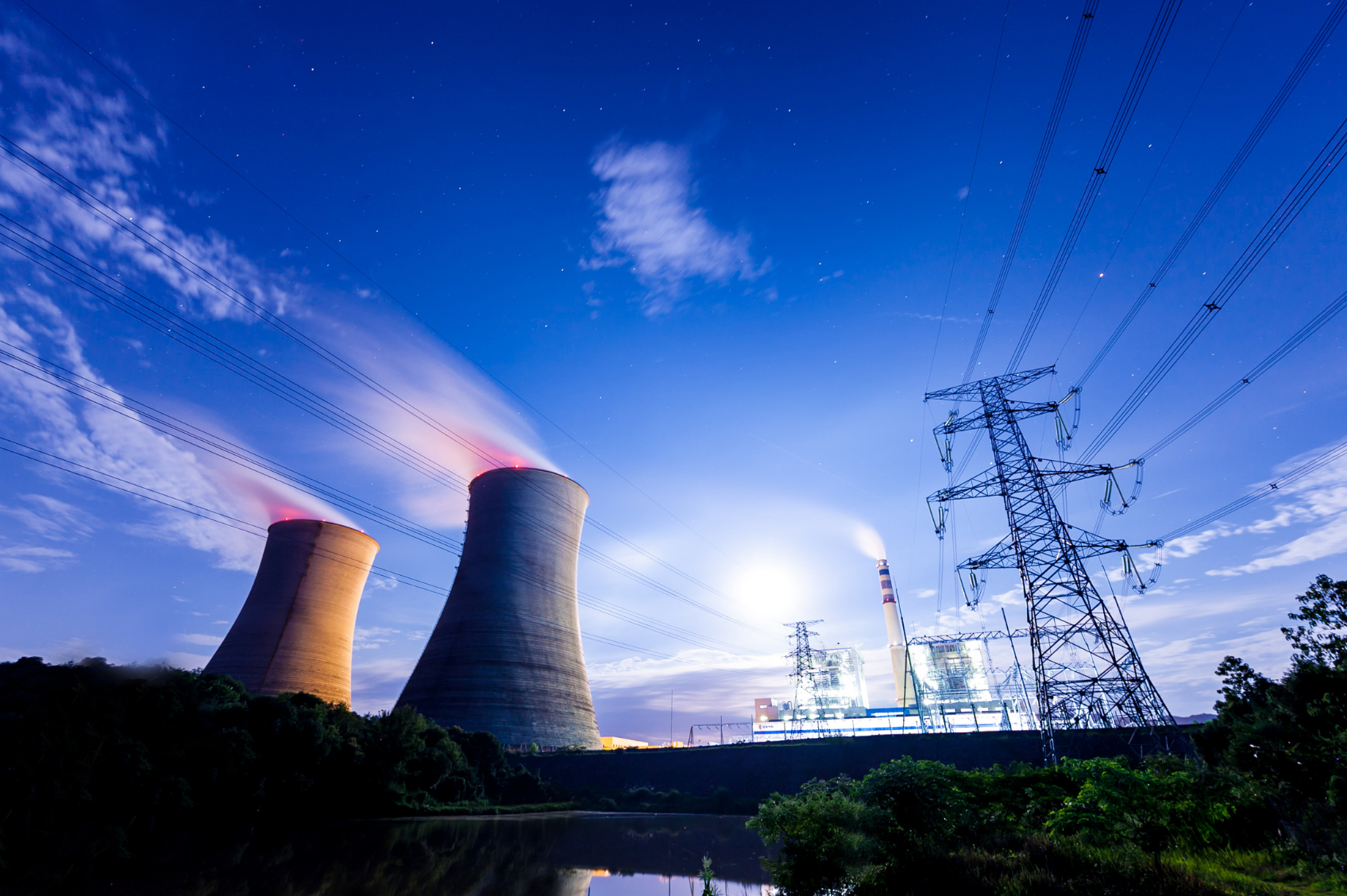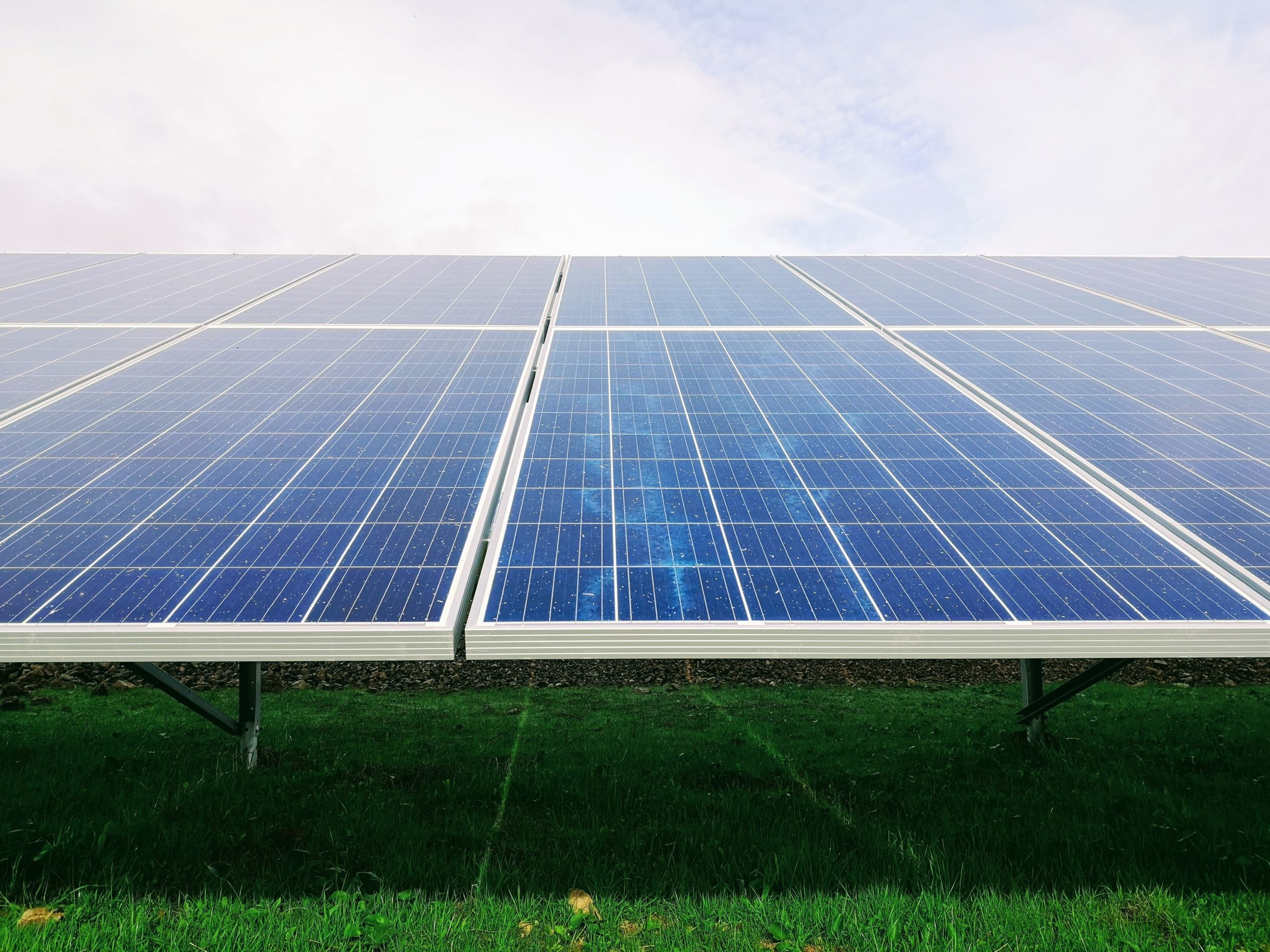The CSIRO’s Renewable Energy Storage Roadmap underlines the importance of energy storage in Australia’s journey to net zero emissions.
Despite leading in solar power generation and reducing emissions, Australia requires a significant increase in storage capacity to maintain affordable and reliable energy.
Storage is vital to integrating renewables into the grid and reducing coal and gas-fired generation dependency. A combination of various storage technologies, such as electrochemical, mechanical, chemical, and thermal storage, is needed to meet the evolving demands of the National Electricity Market (NEM).
Increasingly, dispatchable generation must come online as coal-fired generation retires between 2023 and 2035. The CSIRO report calls for accelerated development timelines for projects by 2030. Faster development or alternative storage technologies are needed, as pumped hydro typically takes ten years to develop.
CSIRO’s chief executive emphasises the need for a “massive increase” in storage capacity, estimating an additional 11 to 14 gigawatts by 2030. As a result, the focus should shift to storage as the deadline approaches, exploring repurposing old mine pits and retiring thermal power stations.
This is a summary article from Edge2020 – read the original article.
